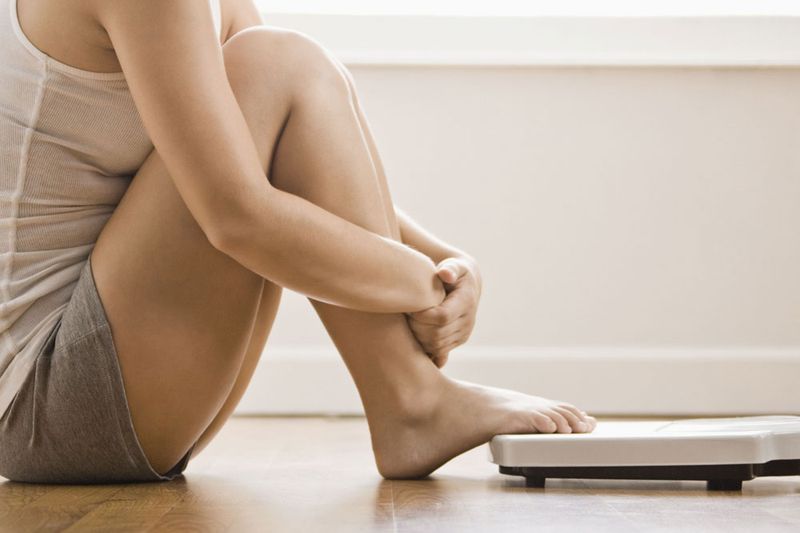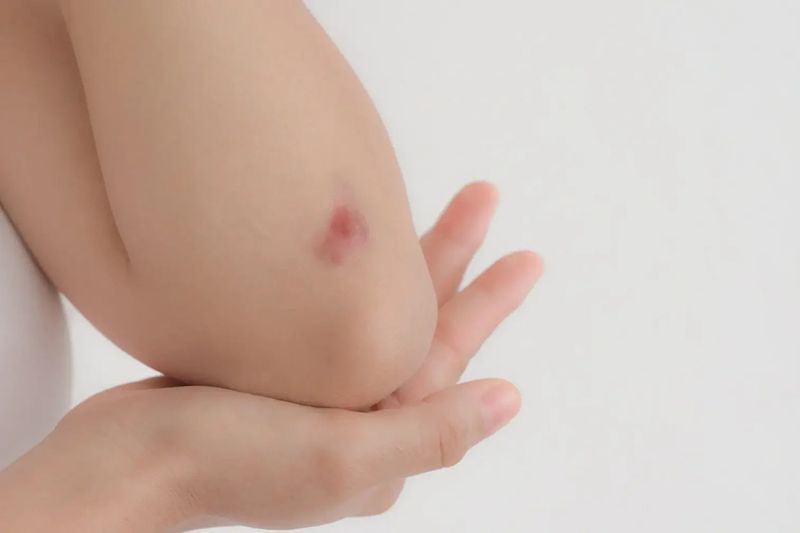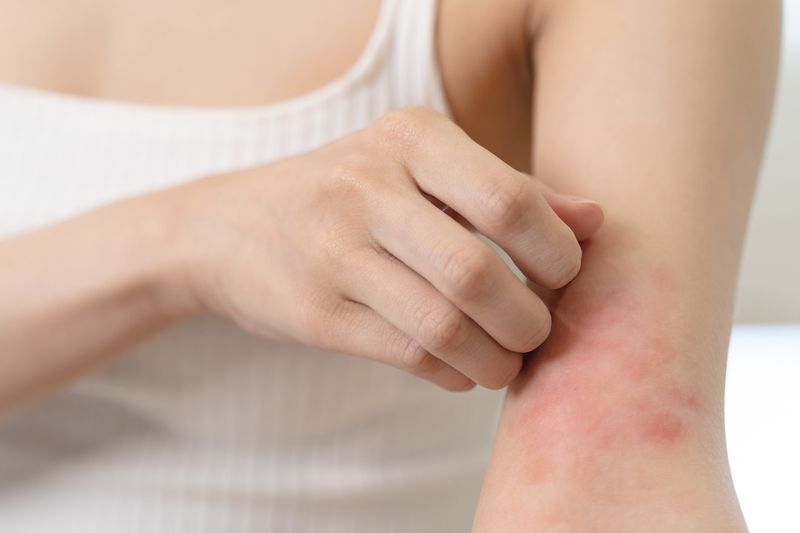9 Early Warning Signs of Diabetes Most People Miss

Diabetes affects millions of people worldwide, yet many cases go undiagnosed because the early warning signs can be subtle or confused with other conditions. Catching diabetes early can help prevent serious complications like heart disease, vision loss, and nerve damage. Knowing these warning signs might just save your health or the health of someone you love.
1. Frequent Urination

Your bathroom trips seem endless lately. When blood sugar levels are high, kidneys work overtime to filter out the excess glucose, leading to more frequent urination. This happens both day and night, disrupting sleep patterns. Many people brush this off as drinking too much fluid or blame it on aging. But if you’re going more often without any change in liquid intake, your body might be sending you an important signal. Pay special attention if this symptom appears alongside increased thirst, as these two warning signs often go hand-in-hand in early diabetes.
2. Unusual Thirst

That unquenchable thirst follows you everywhere. No matter how much water you drink, your mouth feels dry again minutes later. This persistent thirst, called polydipsia, happens because excess sugar pulls water from your tissues. Most people don’t connect their increased thirst to potential health issues. They might attribute it to weather, exercise, or salty foods. But when you’re drinking gallons and still feeling parched, something deeper might be happening. The body tries to dilute high blood sugar by triggering this extreme thirst response – an early warning mechanism that shouldn’t be ignored.
3. Unexplained Weight Loss

Dropping pounds without trying might seem like a gift, but it could signal trouble. When your body can’t use glucose properly, it starts burning fat and muscle for energy instead, resulting in unexpected weight loss despite normal or even increased eating. This weight loss typically happens rapidly – sometimes 10-20 pounds within weeks. Unlike intentional weight loss, you’re not changing your diet or exercise habits. Many people celebrate this mysterious slimming without realizing it’s their body’s cry for help. If you’re losing weight while eating normally or more than usual, talk to your doctor right away.
4. Blurry Vision

Suddenly, reading menus or text messages becomes challenging. High blood sugar affects the tiny blood vessels in your eyes, changing the shape of your eye’s lens and causing temporary blurry vision. This blurriness might come and go as your blood sugar levels fluctuate. Eye strain from screens gets blamed most often. While digital devices can cause temporary eye fatigue, diabetes-related vision changes persist regardless of screen time and may affect both near and distant vision. Don’t rush to buy new glasses without checking your blood sugar. Once diabetes is controlled, vision often returns to normal without special treatment.
5. Slow-Healing Cuts and Bruises

That small cut from gardening last week still hasn’t healed. Elevated blood sugar impairs blood flow and weakens the immune system, making wounds heal more slowly than normal. Even minor scratches or bruises might linger for weeks. The healing process requires good circulation to deliver oxygen and nutrients to damaged tissues. Diabetes compromises this system, leaving injuries vulnerable to infection and prolonged recovery times. Keep an eye on any wounds that take more than a few days to improve. This delayed healing isn’t just inconvenient – it’s your body revealing that something might be wrong with your metabolism.
6. Tingling or Numbness in Extremities

Those pins-and-needles sensations in your fingers and toes aren’t just from sitting awkwardly. High blood sugar can damage nerves throughout your body, causing tingling, numbness, or burning sensations, particularly in extremities. This condition, diabetic neuropathy, often starts subtly. Many mistake these sensations for poor circulation or sleeping in an uncomfortable position. The difference is persistence – diabetic nerve symptoms don’t quickly resolve by changing position. The tingling might start intermittently, appearing for a few minutes then vanishing. As time passes without treatment, these sensations become more frequent and intense, eventually leading to permanent nerve damage.
7. Constant Fatigue

Dragging yourself through each day despite plenty of sleep points to more than just a busy schedule. When your cells can’t access glucose for energy because of insulin resistance or insufficient insulin, profound fatigue sets in. This isn’t ordinary tiredness – it’s bone-deep exhaustion that sleep doesn’t fix. Modern life makes fatigue easy to dismiss. Work stress, parenting demands, or poor sleep habits often take the blame. But diabetes-related fatigue persists regardless of rest or stress management. Notice if your energy crashes particularly after meals, especially carb-heavy ones. This pattern suggests your body struggles to process glucose, leaving you drained instead of energized after eating.
8. Increased Hunger

Hunger strikes again, mere hours after a substantial meal. This excessive hunger, called polyphagia, happens because your cells aren’t getting the glucose they need, even though there’s plenty in your bloodstream. Without proper insulin function, that glucose can’t enter the cells. Your brain interprets this cellular starvation as hunger, triggering you to eat more. Yet no amount of food satisfies for long because the underlying problem isn’t lack of food – it’s your body’s inability to use that food properly. Take note if you’re eating more than usual but still feeling hungry, especially if paired with other symptoms on this list. Your appetite increase might be more than just a growth spurt or active lifestyle.
9. Recurring Skin Infections

Skin problems keep returning despite treatment. Elevated blood sugar creates an ideal environment for bacterial and fungal growth, making infections more common and stubborn. Yeast infections, boils, and itchy rashes appear with frustrating frequency. Areas where skin touches skin – like armpits, under breasts, or between fingers and toes – become particularly vulnerable. These warm, moist areas naturally harbor more microorganisms, and high blood sugar gives them extra fuel to thrive. The connection between skin problems and diabetes often goes unrecognized. If you’re battling recurring infections that don’t fully respond to standard treatments, consider asking your doctor about a diabetes screening.

Comments
Loading…